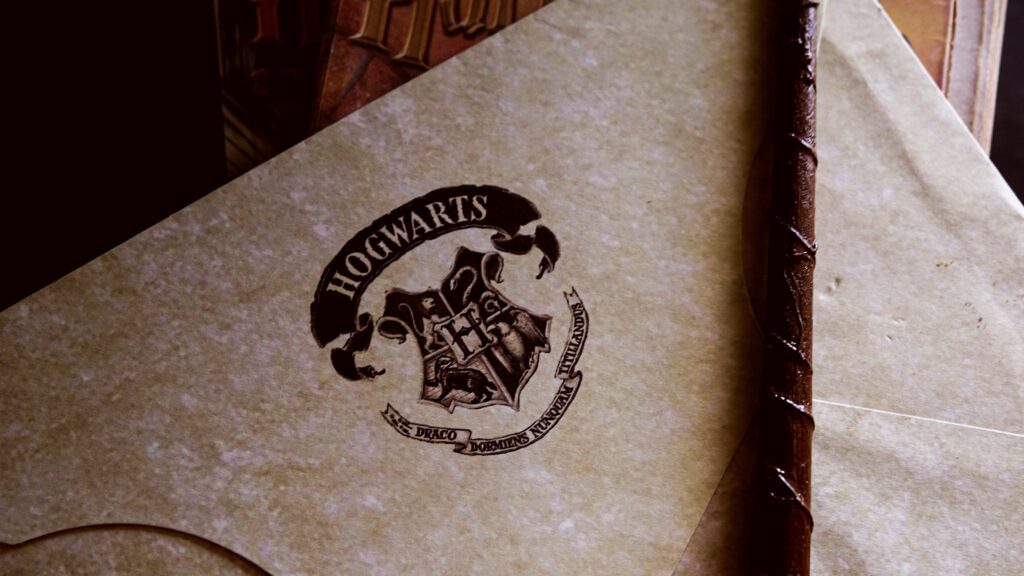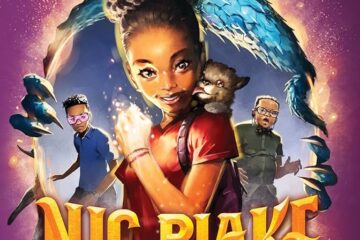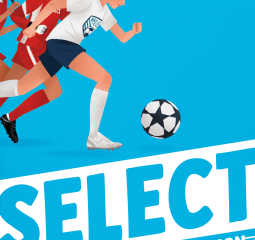Age Ranges of Book Publishing:
Books are categorized into several main age ranges for publishers to determine their target audience:
- Board Books: For ages 0-3, these have pictures and are made of durable material for very young children.
- Picture Books: Aimed at ages 4-8, these books tell stories mainly through pictures with minimal text.
- Easy Readers/Chapter Books: Geared towards ages 5-8, these are shorter, simpler books for kids learning to read.
- Middle Grade: Meant for ages 8-12, these books have more complex characters and themes, and are longer.
- Young Adult: Targeting teenage readers (usually 13-18), these books deal with mature themes.
- Adult: Intended for readers 18 and older.
Why Should You Care about Publishing Age Ranges:
These categories are supposed to help match books with the right readers based on their age and reading level. However, significant psychological developments, like their ability to make decisions based on abstract thoughts (like falling in love), occur within the Young Adult age range. Also with an average U.S. reading level equivalent to 7th-8th grade, an increasing number of adults are reading Young Adult books. This results in fewer middle school main characters, mature content for which middle school students may not be prepared, and a lowed interest for reading during middle school– and when lacking that skill or interest will continue the pattern of lowering the overall U.S. reading level.

Books used to “grow up” with our readers. Harry Potter, in Harry Potter and the Sorcerer’s Stone, was 11. As JK Rowling released new books, her readers were maturing along with Harry (and were able to endure longer books). Currently the entire Harry Potter series is labeled as YA, but by Harry Potter and the Deathly Hallows, Harry is 17. He has dealt with some really dark things– things that I’m not sure many of my previous middle school students would understand, if they even kept reading to that point.
Don’t get me wrong. I LOVE the Harry Potter series. But most YA Series start with their main characters in the higher end of the YA age range, so those characters quickly grow out of the YA age range.
Popular YA Book Series and The Main Character’s Age:
- Twilight— Bella, 17
- Hunger Games— Katniss, 16
- Divergent— Tris, 16
- Inheritance Games— Avery, 16
- To All the Boys I’ve Loved Before— Lara Jean, 16
- Sisterhood of the Traveling Pants– All of the friends are 16.
- Scythe— Citra and Rowan-16
- Miss Peregrine’s Home for Peculiar Children— Jacob, 16
- Red Queen— Mare, 17
- A Good Girl’s Guide to Murder— Pippa, 17
- Holes– Stanley, 15 (Hallelujah, we found one!)
- Percy Jackson & The Olympians– Percy, 12 (God bless Rick Riordan!)
To be honest, it was hard to find any series that had characters in the 13-15 age range that YA includes. And as you can tell by their titles, some of these books cover pretty intense ideas.
A Small Solution to the “Adult” Majority of YA:
Indiana’s “Young Hoosiers” Reading List
Although there needs to be an adjustment in the published reading ranges, for now, there is a place to look for books for true middle school readers. Every year, Indiana puts out three lists of 20 “Young Hoosier Books”— one for K-2nd grade, one for 3-5th grade, and one for 6-8th grade readers. This program was built to encourage “self-selecting reading among elementary and middle/ junior high school children.” Although this list doesn’t adhere perfectly to the missing 13-15 age range, it can be a great place to start your search.
Here is a list of some of my favorites from past Young Hoosiers Lists (and yes, I know, most of these would be considered Middle Grade and not YA):
- Before the Ever After— ZJ, 12
- Long Way Down— Will, 15
- Alone— Maddie, 12
- Marcus Vega Doesn’t Speak Spanish— Marcus, 14
- New Kid— Jordan, 12
- The Parker Inheritance— Candice, 12
- Refugee— Three main characters, 12
- The Fixer— Tess, 16
Have a good middle school book recommendation? Please leave it in the comments!
Want to write your own? Make sure to prepare a writing space to get that muse going!
2 responses to “Middle School Readers– The Forgotten Age Range of Publishing”
-
[…] Many schools have lists promoting diverse perspectives in reading materials. […]
-
[…] with the main character. She came across as unlikeable and whiney. Don’t get me on my soapbox, but she is dealing through dilemmas (like choosing colleges) because she is 17, not 13 like the […]



Leave a Reply